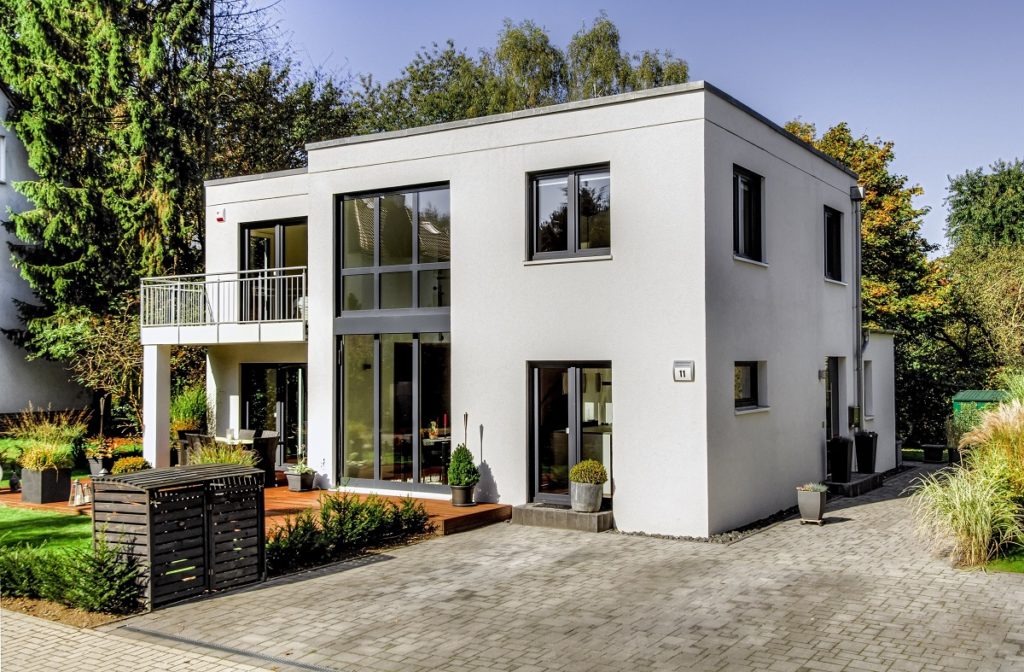These days, homeowners enjoy having floors made of marble, stone, and wood without a second thought. They could cover them with carpets, rugs, and even linoleum to cover up imperfections or make them more appealing. Homeowners could enjoy floor waterproofing and special finishing provided by companies like Dex-O-Tex, and anyone could reach them online or with a phone call.
But even as we enjoy these modern conveniences, have you ever wondered what our ancestors did in their day to keep their floors clean? What material did they use in their homes? And does dirt-poor mean what it means?
Being a Homeowner in Medieval Times
If you lived during the Middle Ages, and you were part of the ordinary folk, it’s most likely you lived in a cottage. It’s also probable you shared your home with your animals. This meant that many houses had dirt floors for practical reasons.
If you were rich enough to have stone or slate flooring, you might want to spread rushes on the floor to avoid slipping, especially in winter. In castles, where floors and walls were primarily made of stone, they used straw and rushes as a form of insulation too. Only royalty could afford tapestries that helped keep the cold out. Some historians have proposed that the “rushes” used by royalty might mean rush mats since woven mats have been used since prehistoric times. Though the idea is logical, no evidence points to that idea.
But one thing is sure: the term “dirt-poor” was never used in the Middle Ages. There is no record of the word used in any medieval document.

Homeownership and Hygiene, Medieval Edition
But how do homeowners keep their homes clean if their floors were made mostly of dirt and strewn rushes? In an era when basic hygiene consisted of washing the body without soap, there was still much to be desired. The practice of using straw on the floor jeopardized people’s health, as the straw collected, dirt, and waste from both people and animals. People used sweet-smelling herbs and oils to disguise the scent, but it did nothing else to protect people from illnesses.
During these days, there was no proper sewage system in many homes and towns. There were restrooms for the ordinary people, now referred to as a pit latrine. This was merely a pit people used as a toilet outside of their homes. In many medieval monasteries and castles, there were built-in privies that included a chute that led to a pit or a river.
Hygiene, Then and Now
The Middle Ages might have seemed like a dark time for hygiene and cleanliness, but many of our ancestors understood the value of staying clean. They knew that part of their health included keeping their homes organized and well-kept, even if they used straws on their floor. All of these served a purpose, mainly to keep people warm in the cold months.
And we should be thankful that science and technology have helped us understand our world better, so we could live in homes that are clean, hygienic, warm, and comfortable.
